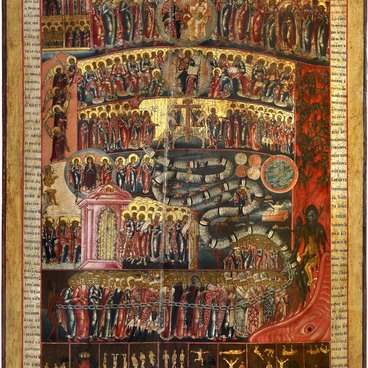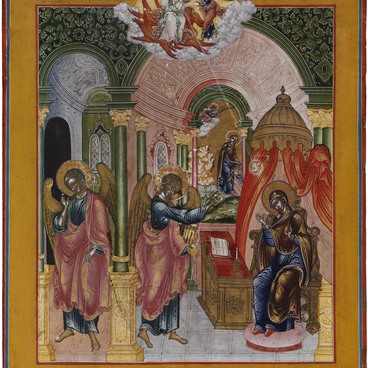St. Irais lived in Alexandria, Egypt, in the 4th century AD. According to one account, when a child she made up her mind to be a nun. One day as walked out of the monastery to fetch water she saw ships with Christian sentenced to death. Irais, then 12 years old, openly declared that she was a Christian as well and voluntarily joined the martyrs. According to a different version, the guards seized her and took her aboard by force. The prisoners were brought to Antinopolis. Irais was tortured for a long time in an attempt to make her abnegate her faith, and then beheaded.
One of the earliest images of Irais’s martyrdom is to be found in a Byzantine manuscript, the Menologion of Basil II. The miniature painting depicts a Roman executioner beheading Irais with a sword. On her right, there are other imprisoned Christians slated for execution.
One of the earliest images of Irais’s martyrdom is to be found in a Byzantine manuscript, the Menologion of Basil II. The miniature painting depicts a Roman executioner beheading Irais with a sword. On her right, there are other imprisoned Christians slated for execution.
St. Irais is usually portrayed waist-high with an orthodox cross or scroll in her hand.

